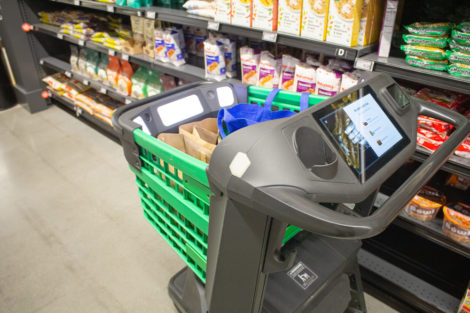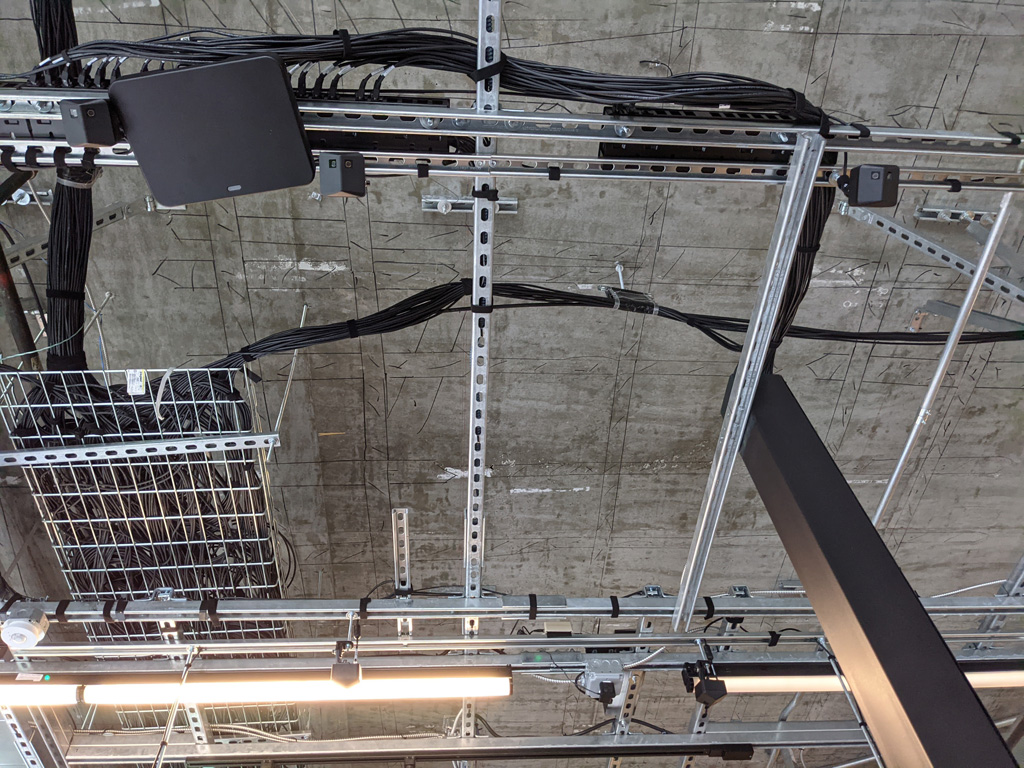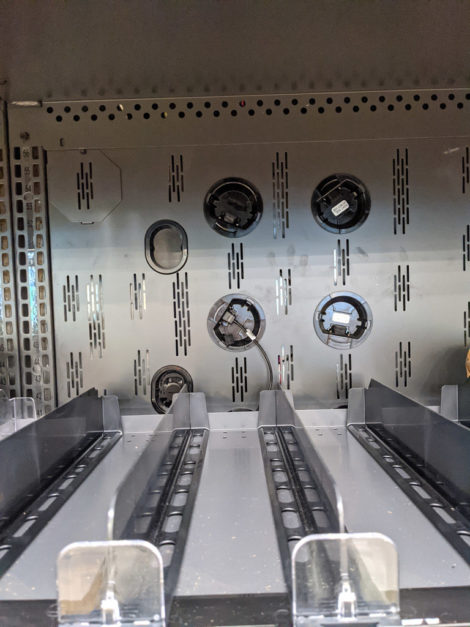I am a big fan of Amazon. Personally, for the customer experience that is proposed, and professionally for the innovative nature of this company. Nothing surprises me more than Amazon’s ability to launch technical revolutions like Amazon Go and the “Just Walk Out” technology. The last report on Amazon Fresh in collaboration with Olivier Delangre (CEO of Amoobi) made me think about these innovations’ human and ecological impacts. I share my thoughts in this article.
What is the purpose of the Just Walk Out technology?
Before getting to the heart of the matter, it might be helpful to recall what Just Walk Out technology is.

This technology, invented by Amazon and tested for the first time in its pilot store Amazon Go, allows customers to skip the checkout. They enter the store, help themselves, and leave. Sensors of all kinds track the customer and analyze what they take before sending them the bill by email. It’s the promise of a “better customer experience” and increased efficiency (less time spent shopping).
Variations exist with Amazon’s connected shopping cart that allows each product to be scanned and your position in the store to be tracked at all times.
The technologies that Amazon deploys allow the online and offline worlds to merge. From now on, the offline world is just an extension of the online world. This vision of the future that I proposed a few years ago has become real. Amazon has done it. But at what price?
We’ve gone from “brick-and-mortar” to “chips-and-cables”
Technological progress, the heart of retail evolution
The example of Amazon is only the reflection of a larger reality, that of the retail world in general. Its future is already visible in China. There, companies like JDCom have already made many stores autonomous. There are no more checkouts, and employees have been reclassified to prepare orders delivered in 30 minutes, thanks to autonomous vehicles. At the same time, we are also witnessing vertical integration in fruit and vegetable production by the distributor. From experiments for image purposes as at Delhaize, we are now moving to industrial production by aquaponics.

This technological infusion is happening in every space of the physical store. The ceilings are studded with sensors (see above), and even the back of the shelves are “smart.” We’ve gone from brick-and-mortar to chip-and-cable stores.
The liberating technology of the early days of the Internet has become an enslaving chimera.
The cost of the technology
This brings me to the heart of my argument: the cost of the technology.
The deployment of all tracking devices under the guise of progress and efficiency gains (shop faster, get delivered more quickly) hides a less pleasant reality.
I see 2 distinct impacts:
- a societal impact in the form of a loss of group instinct and the development of solitary behaviors
- an ecological impact due to the iniquity of technology
The societal impact of technological development in retail
It is remarkable to note that technology pushes us to the destruction of the gregarious instinct. Everything is done to isolate the human being. The liberating technology of the early days of the Internet has become an enslaving chimera. Not content with separating humans in virtual worlds, technology is now penetrating real worlds to break relationships. It makes the world pass from a relational space to a transactional space. What an irony when, at the turn of the 1990s, marketers had consecrated the superiority of the relational model. Soon everything will be delivered to our homes in 15 minutes by robots made of metal and cables, and we will be able to stay at home until the next pandemic strikes. Fortunately, Mark Zuckerberg will have developed his “metaverses” by then, sanitized virtual worlds in which we will walk around without leaving our homes.
Impact on the environment
The shift to the connected store hides substantial environmental costs. The overabundance of sensors creates an unprecedented need for data processing. There are chips in each sensor and the overpowering servers needed to process the flood of data being sent. Yet, these electronic components have a catastrophic environmental footprint, especially the chips.
MIPS (Material Input of Unit of Service) is a metric that the University of Wuppertal invented to measure the ecological impact of manufacturing a product. It is the ratio between the weight of the finished product and the amount of material needed to manufacture it. Each “gram” of chip made requires 16000 grams of resources. Silicon chips are thus the most energy-intensive objects produced by human beings.
All this for that?
This technological trajectory scares me. We are in a race to the bottom that is driven by the retail industry itself. In other words, humans are being pushed to change their behavior and evolve along a trajectory set by companies that innovate at a loss.
What is even more interesting is the expected “gain.” The technological investment made by Amazon is currently not profitable. So, we replace humans with machines to lose profitability. “All this for that? I want to say. The equation looks like this: more costs, more tech, fewer humans, less profitability. Put like that, who would want such a value proposition? And yet, it’s the one we marvel at (me first) every day.
Posted in Innovation.



